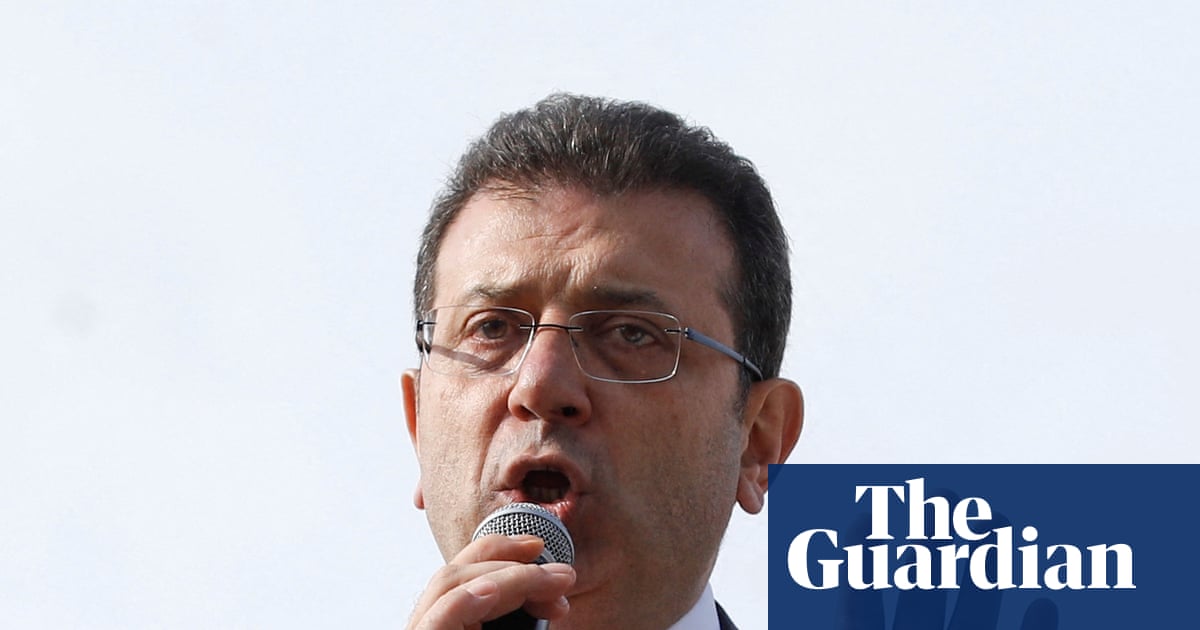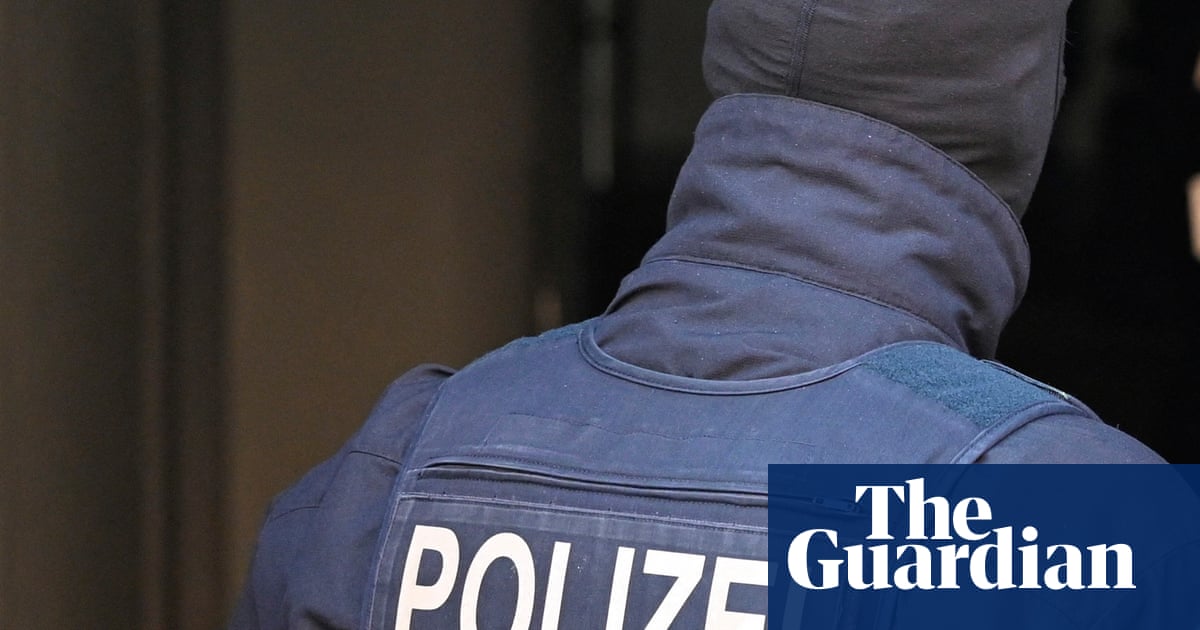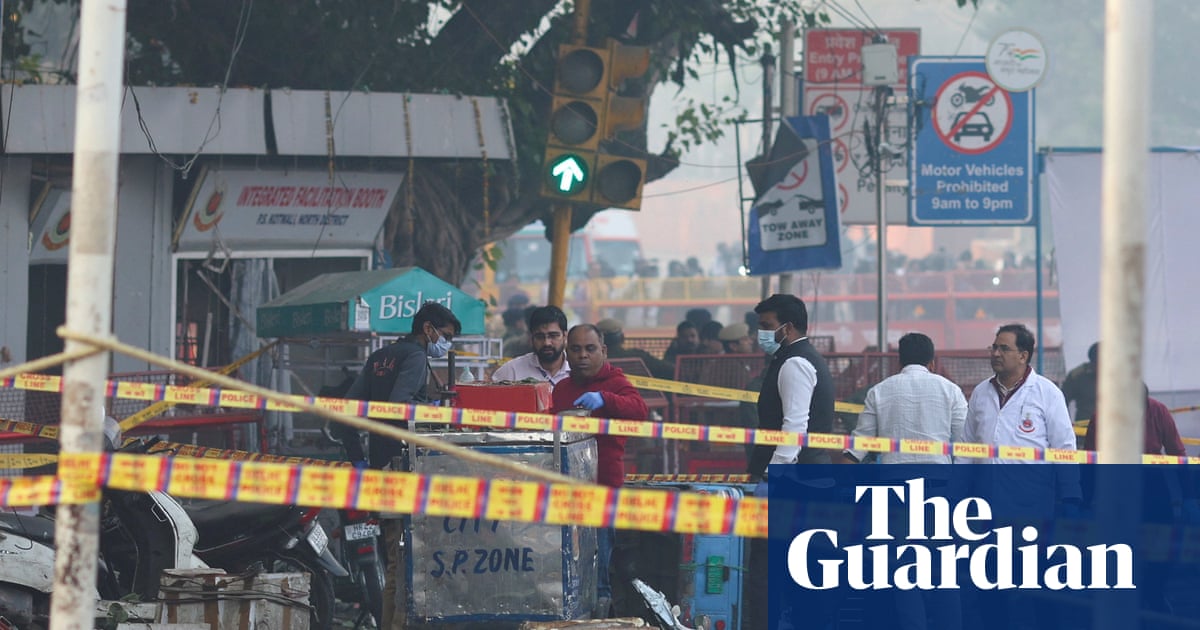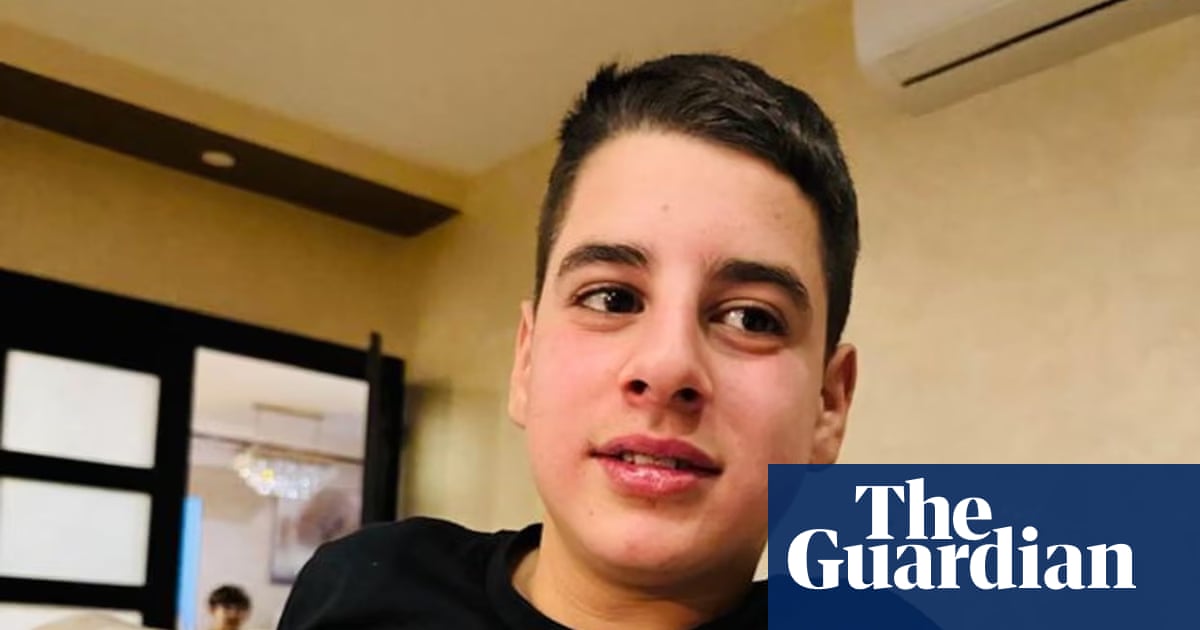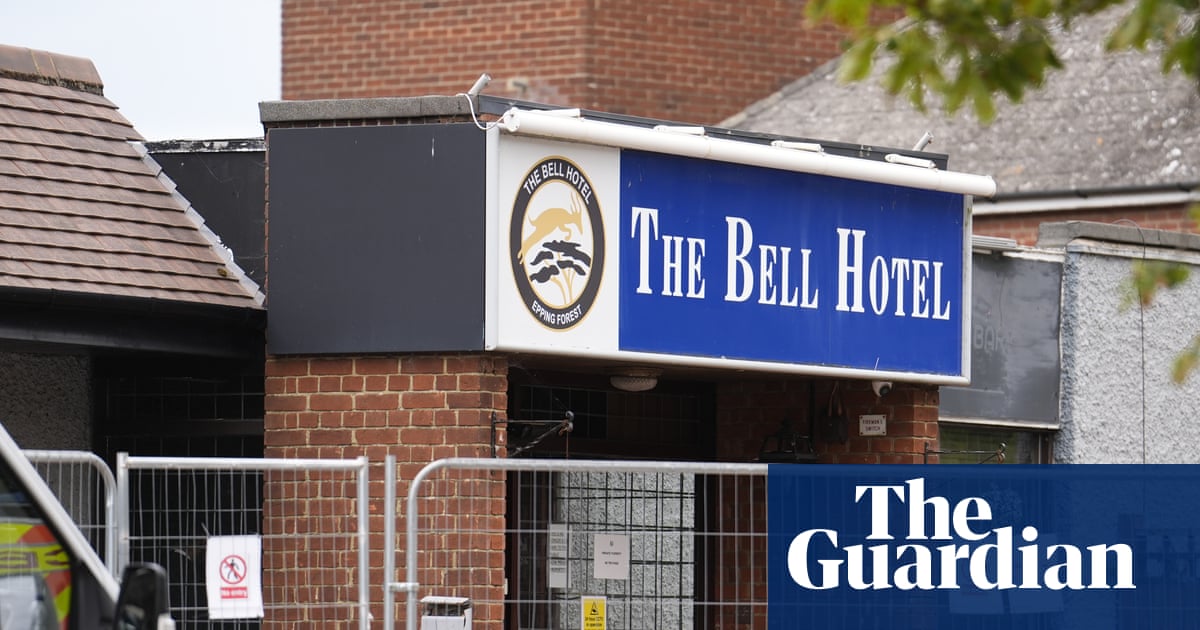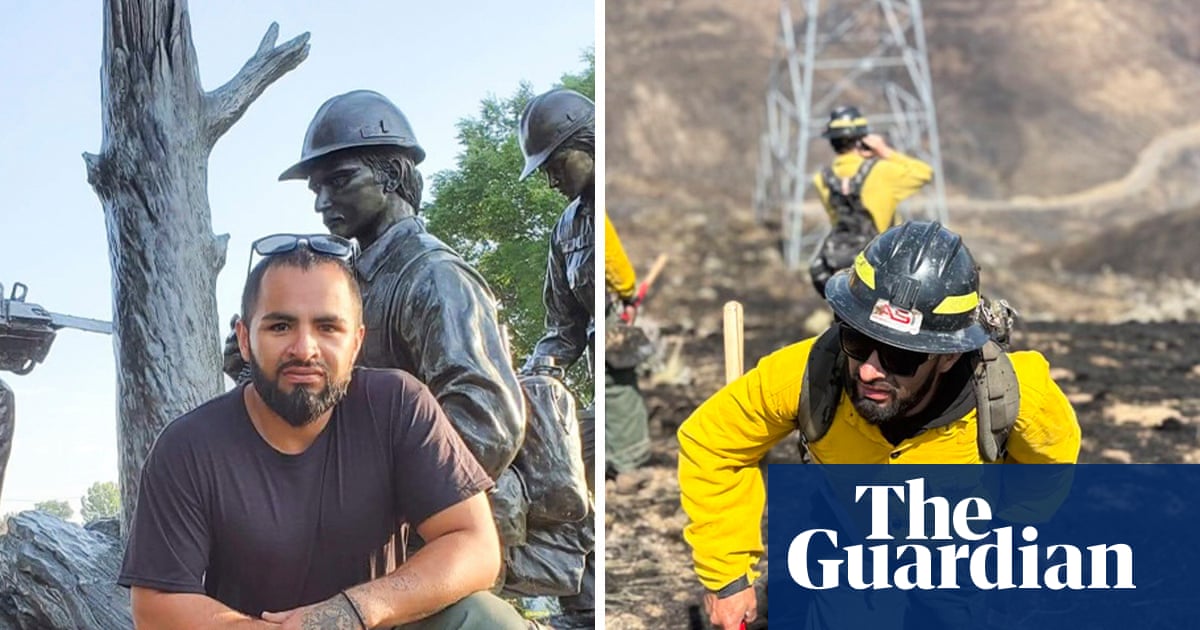A white marble cross marks the final resting place of Julius W Morris, private first class in the US army, who died in April 1945.
But at the cemetery where he lies in Margraten, a village in the south of the Netherlands, a new battle has begun over the quiet removal of two display panels about African American soldiers, like Morris.
Relatives, local communities, politicians and historians have called for a permanent memorial to African American servicemen after it emerged that displays commemorating black soldiers had been removed.
The move has sparked shock in the Netherlands, with critics of the removal, including a community that cares for the graves, demanding answers about why the black American soldiers have all but vanished from displays.
The Netherlands American Cemetery near Maastricht holds the graves of 8,301 Americans who died liberating Europe from the Nazis, including 174 African Americans.
In 2023, the American Battle Monuments Commission (ABMC), which runs the site, opened a visitor centre and last year added two panels: one on the million African Americans who enlisted but were “fighting on two fronts”, against the Nazis in Europe and against America’s racist segregation policies.
Bas Albersen, spokesperson for the governor of Limburg, said on Monday the provincial government would be making an “urgent appeal” to the ABMC and US ambassador to return these panels. “The displayed panels represented a history that we can never forget and from which we can learn, especially now that differences in the world are ever more magnified,” he said. “They fought for a freedom that they did not have themselves.”

Dutch historians and politicians, as well as relatives of the soldiers, say the change coincided with the Trump administration’s targeting of diversity, equality and inclusion (DEI) initiatives. Earlier this year, an article detailing the military career of Jackie Robinson, a baseball player widely considered an American hero, was removed from the Department of Defense’s website amid a purge of material considered to be DEI-related. It was later restored.
“It upsets me,” said Raphael Morris, the nephew of Julius W Morris. “We’ve got all sorts of museums around the country honouring African Americans. And a lot of the displays have been taken down. I guess I didn’t realise that the cemetery there in Margraten could possibly be affected by the same virus that’s affecting the United States right now, with this current administration.”
Kees Ribbens, a senior researcher at the NIOD Institute for War, Holocaust and Genocide Studies, and a history professor at Erasmus University Rotterdam, raised the alarm in Dutch media. “I grew up in South Limburg but it was not until much later that I learned that the cemetery had been constructed by black Americans under difficult conditions, beginning in late 1944,” he said.
He added that local historians had later uncovered more about the lives and treatment of black soldiers, like how they were often not allowed to fight with weapons and assigned support roles and the number of Dutch children of US black soldiers who never knew their fathers.
Theo Bovens, a Dutch senator and chair of the foundation Black Liberators in the Netherlands, has requested a meeting with the US ambassador, Joe Popolo. “Of course, we are upset that the attention has disappeared from the current exhibition and we will ask for the ambassador’s support in person,” he told the Guardian.
In formal questions to the provincial government, 11 local parties expressed their “shock” and proposed a separate site to remember these soldiers. “Removing the panels that commemorate the sacrifices of black American soldiers does not do justice to history and is improper and unacceptable,” they said.
There is also confusion in the local community, where many generations have cared for the graves as part of an adoption programme. Jettie van den Boorn, 62, is part of a family that long ago adopted Morris’s grave. “It is land granted to America, so it is their good right to do what they like there,” she said. “But it is as though [the black soldiers] are forgotten, and that’s not good – we are completely against that.”
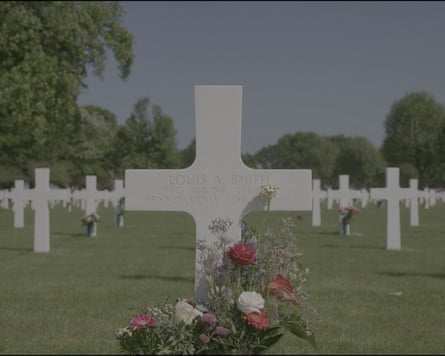
The ABMC told the Guardian that one of the panels was still part of a rotation, but that the other had been retired. “The panel featuring Technician Fourth Class George H Pruitt is currently off display, though not out of rotation,” it said in a statement. “Based on internal review of interpretive content under ABMC’s previous secretary, the agency rotated out a single panel display in March which featured a quote from 1st Lt Jefferson Wiggins, an African American soldier who survived the war.”
It said that four African American soldiers were featured in 15 servicemen panels on rotation, although they were not on show when the Guardian visited.
Local organisations, meanwhile, stress that all of the sacrifices are remembered. The Foundation for Adopting Graves at the American Cemetery Margraten, which manages the adoption programme, said that it remembered everyone, whatever their sex, race or rank. “For all these years, the adopters have remembered and honoured ‘their soldier’ who between 1944 and 1945 made the greatest sacrifice they could make for our freedom,” said Frans Roebroeks, the foundation’s secretary.
This sense of gratitude transcends modern-day politics, according to Rob O’Brien, the director of a documentary, The Adopted, which is being filmed about the relationships between local grave adopters and the dead soldiers’ families. “That community is totally impervious to political interpretation,” he said. “It doesn’t really matter what is going on in the world … putting flowers on a soldier’s grave, who you never even knew, telling their story over and over again, saying a prayer, Margraten’s adopters have been doing this for 80 years. And they will do it for another 80 more, because no one around here wants this to happen again.”
On Monday morning, as the sun warmed away the morning dew, regardless of the political storm, fresh flowers lay at Morris’s grave.

 2 hours ago
7
2 hours ago
7
